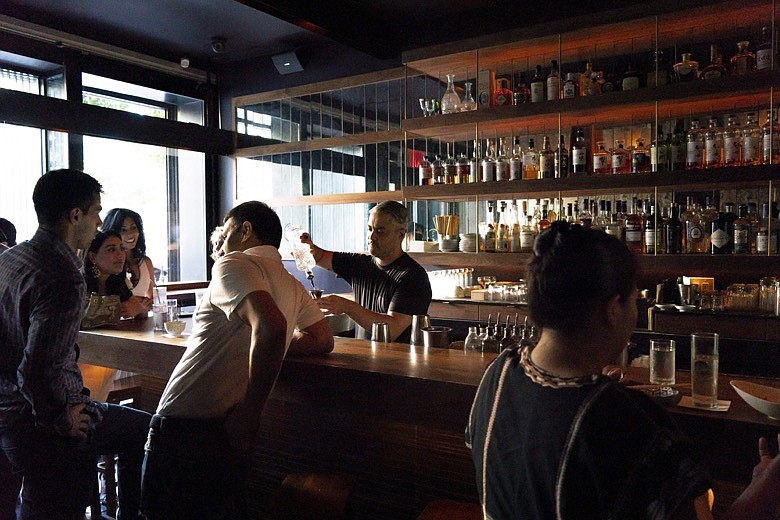When is a minimum not a minimum? On payday, for the millions of American workers who are paid less than minimum wage - legally - because of who they are or what kind of work they do.
The minimum wage has gone up in 22 states, and according to the Economic Policy Institute, 7 million low-wage employees affected by the increases will earn an extra $8.2 billion over the course of this year as a result of the changes.
Last month, a ruling from a federal court in Massachusetts found that au pairs are also now entitled to the minimum wage. Parents are resisting the change, arguing that they won't be able to manage the significantly increased cost of child care.
The debate is calling attention to how many workers are still scraping by with subminimum wages. They are mostly employees who rely on tips and are exempt from minimum wage rules. Under a New Deal-era federal labor law, employers are allowed to pay as little as $2.13 an hour - unchanged since 1991 - to about 2.6 million waiters, bartenders and others who get tips, so long as the total of their tips and wages meets the federal minimum.
The poverty rate among subminimum wage workers is nearly double that for non-tipped workers, according to a data analysis done by the Economic Policy Institute. Not surprisingly, they are also far less likely to receive paid leave of any kind, health care coverage or retirement benefits as part of their employment. They and their families are also more likely to be supported by public assistance.
The average minimum-wage job now pays almost $12 an hour. That is believed to be the highest rate in U.S. history, even after adjusting for inflation. The federal minimum wage was last increased in 2009, to $7.25 from $6.55; since then, American workers have gone longer without a federal increase than at any time since the minimum wage was introduced in the 1930s. (The nation's capital and 34 states require a higher tipped minimum wage than the federal floor of $2.13 an hour.)
The law includes a provision meant to protect employees: If a subminimum-wage employee earns enough in wages and tips to equal more than $7.25 an hour, the employee gets to keep it all, but if the amount of tips leaves the total earnings short of $7.25 an hour, the employer - in theory - must make up the difference.
For tipped workers, "the onus is on the employee to make sure the employer is making them whole at the end of the week," said David Cooper, a senior economic analyst at the Economic Policy Institute.
More than 60% of tipped workers are employed in food service, but there are other categories of subminimum-wage workers as well, including some that cannot count on any tip income.
Au pairs are young people from other countries who come to the United States on cultural exchange visas to live with families and care for their children. They do not have a typical employee-employer relationship. Under a federal program, au pairs are paid a stipend of about $195 a week, as well as receiving room and board from the host family.
